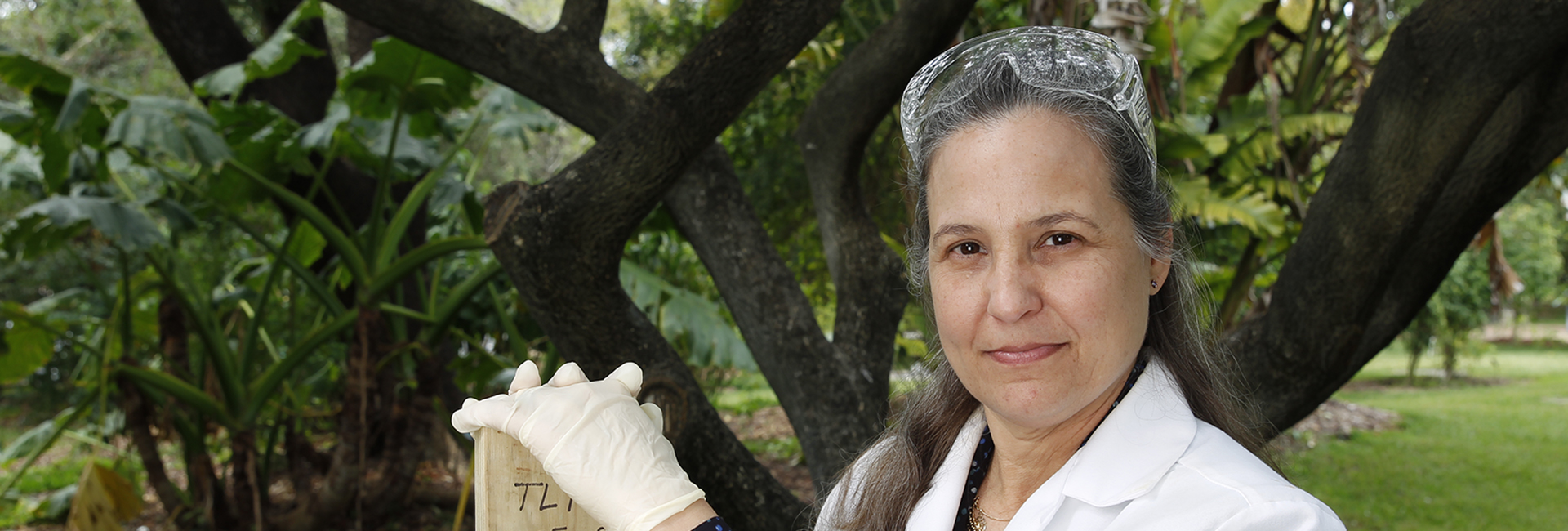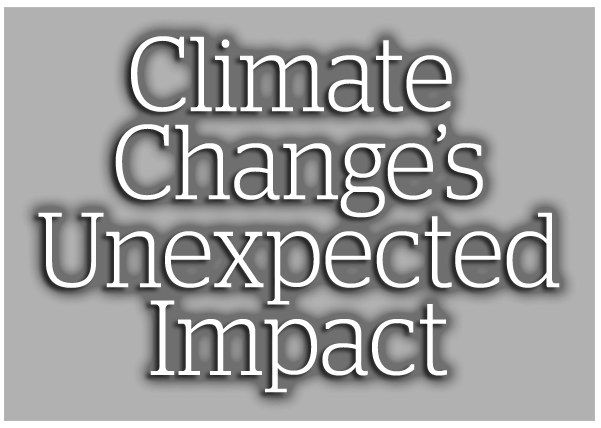

A UM environmental engineer warns that climate change impacts could be causing chemicals to leach from CCA-treated lumber.
Twelve years ago, when wood-chemical manufacturers heeded warnings about the dangers of chromated copper arsenate (CCA) and voluntarily stopped using the preservative to treat lumber, Helena Solo-Gabriele, a professor of environmental engineering at the Department of Civil, Architectural and Environmental Engineering at the College of Engineering, applauded the move.
She had long argued that the arsenic present in CCA-treated wood, which had often been used to build playground sets, picnic tables and backyard decks, was leaching into the environment, putting the health of consumers and children at risk.
"In fact, studies showed that kids who touched playground wood got arsenic on their hands," says the UM researcher, noting that wood for residential purposes is now treated with a less-toxic copper-based material.
But while CCA-treated wood hasn't been manufactured for at-home products in more than ten years, there are still millions of homes with wooden decks, playground sets, and picnic tables made before the industry's self-imposed ban in 2004. As a result of the voluntary phase-out, the U.S. Environmental Protection Agency never banned the preservative, which helps protect lumber from termites, fungi, and other pests, nor required the removal of existing structures made with CCA-treated wood.
About the Photo
Environmental engineer Helena Solo-Gabriele says climate change could be causing chemicals to leach from treated wood more quickly.
Join the Conversation
Follow on Twitter:
UM College of Engineering
Dean Bardet, @UMCoEDean
University of Miami, @univmiami
UM News, @univmiaminews
Solo-Gabriele says climate change could be having an effect on that treated wood, perhaps causing arsenic to be released into the environment at faster rates.
"Changes in rainfall patterns and higher temperatures definitely have an effect on chemically treated wood," she explains. "Usually with more rainfall you get more leaching and more contamination coming off the materials and ultimately impacting the environment. Changes in temperatures also have an impact on the rate at which contaminants are released from materials."
- Robert C. Jones Jr. / UM News